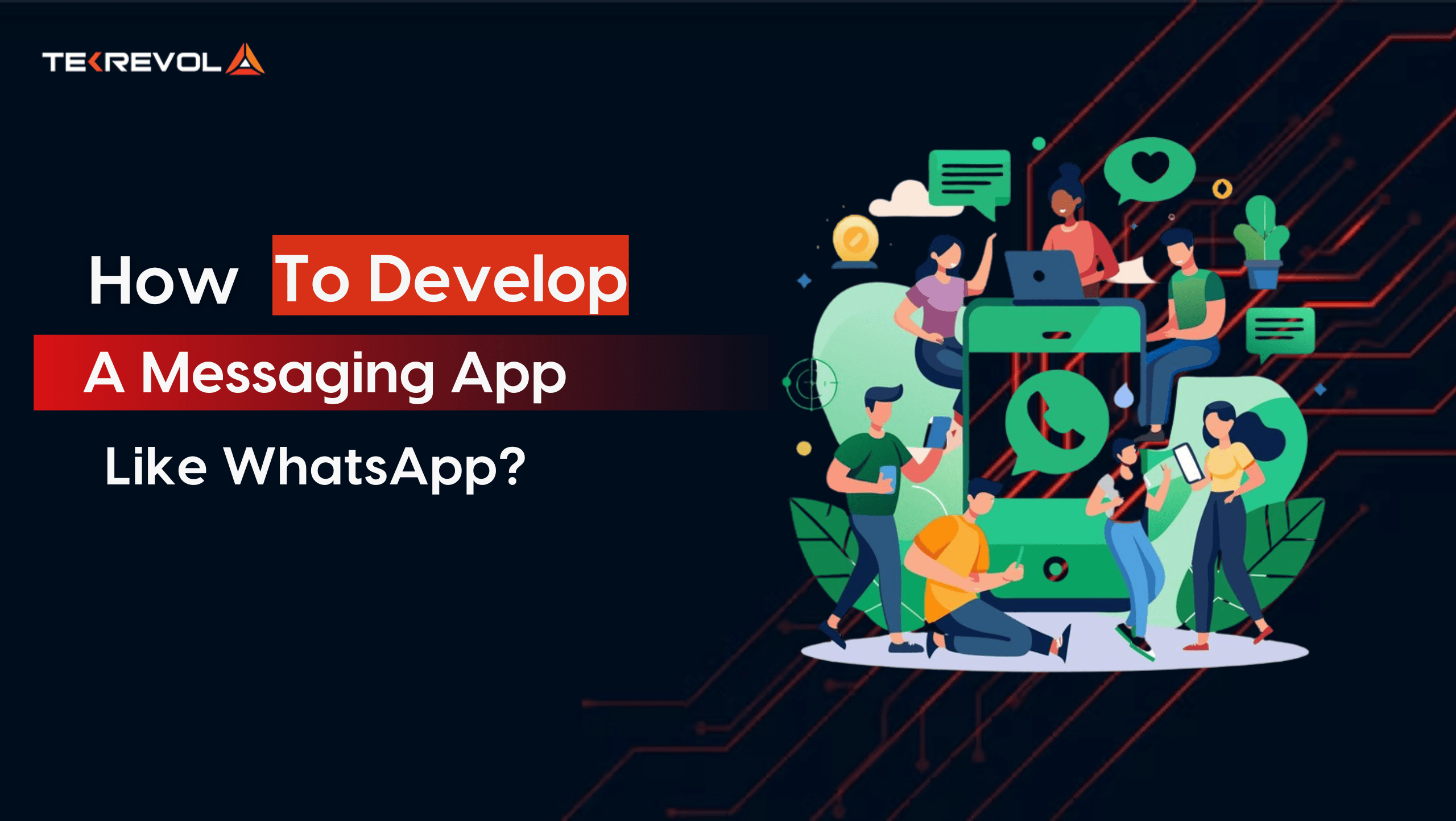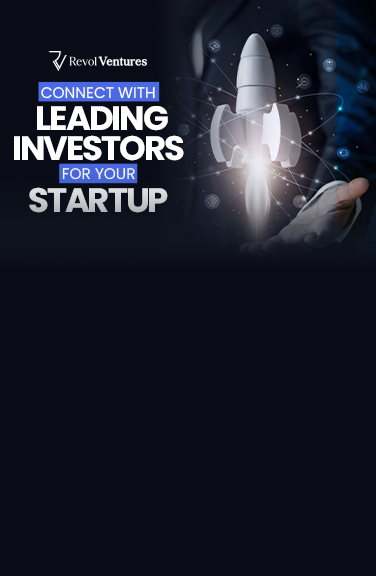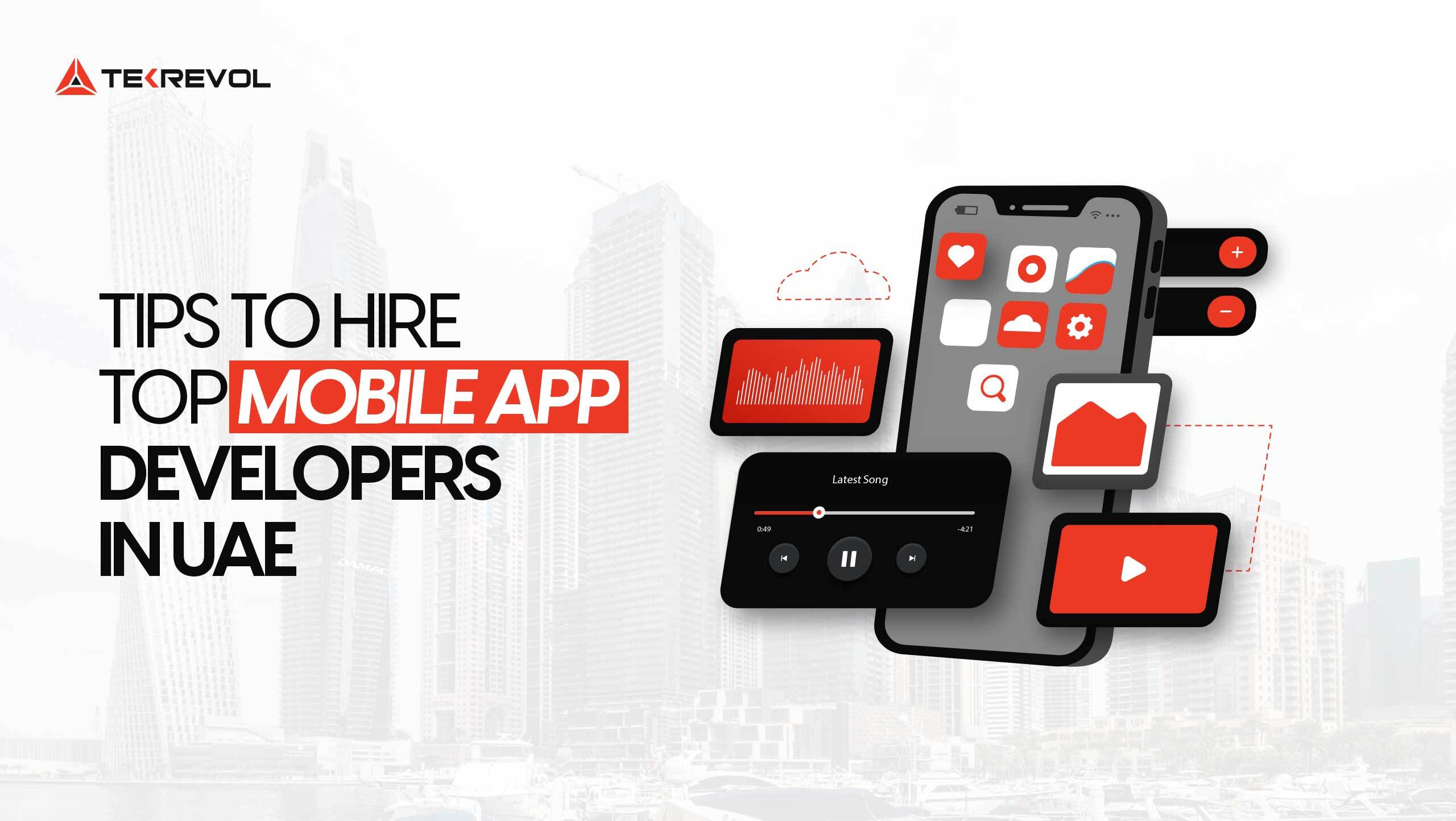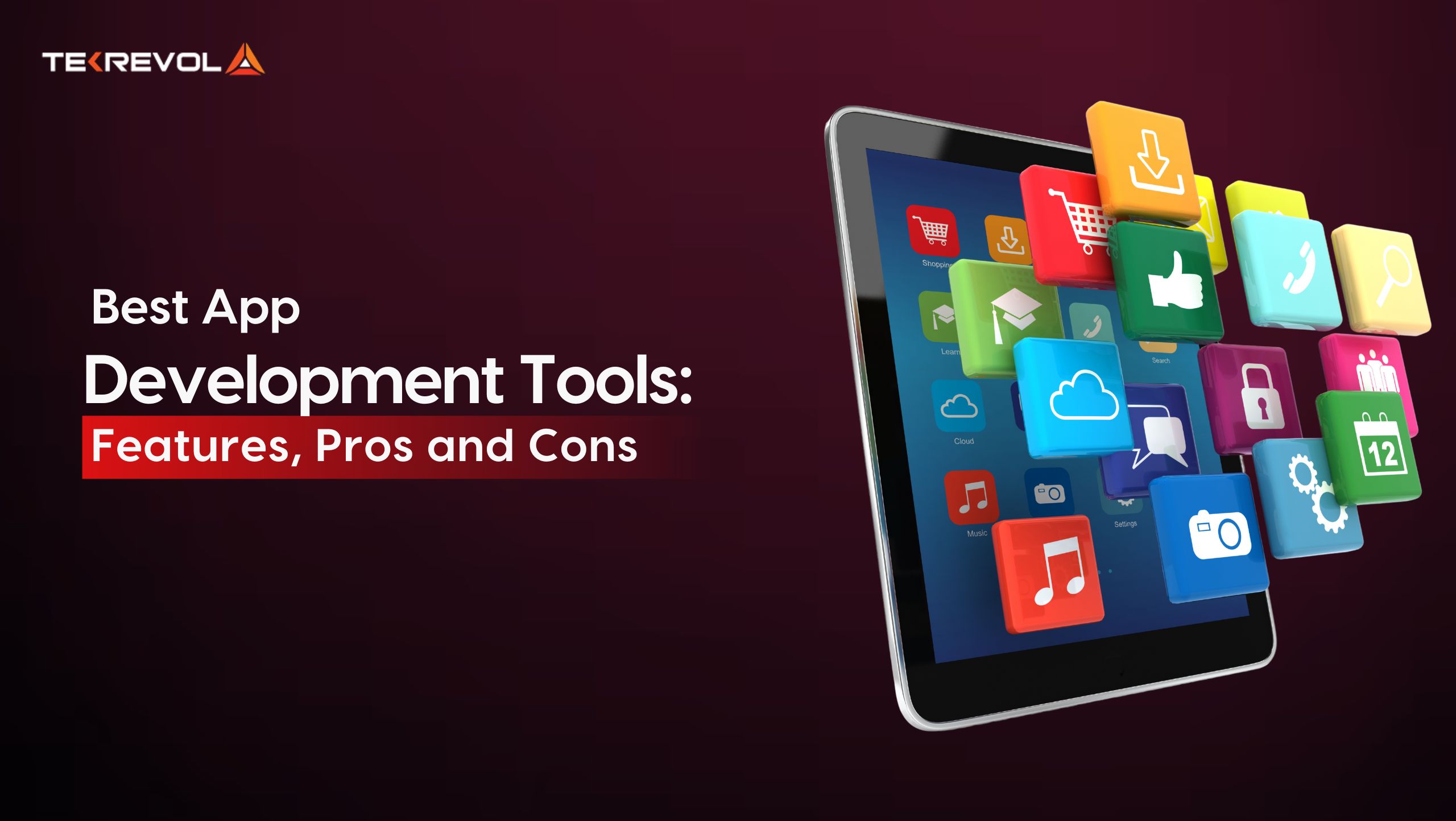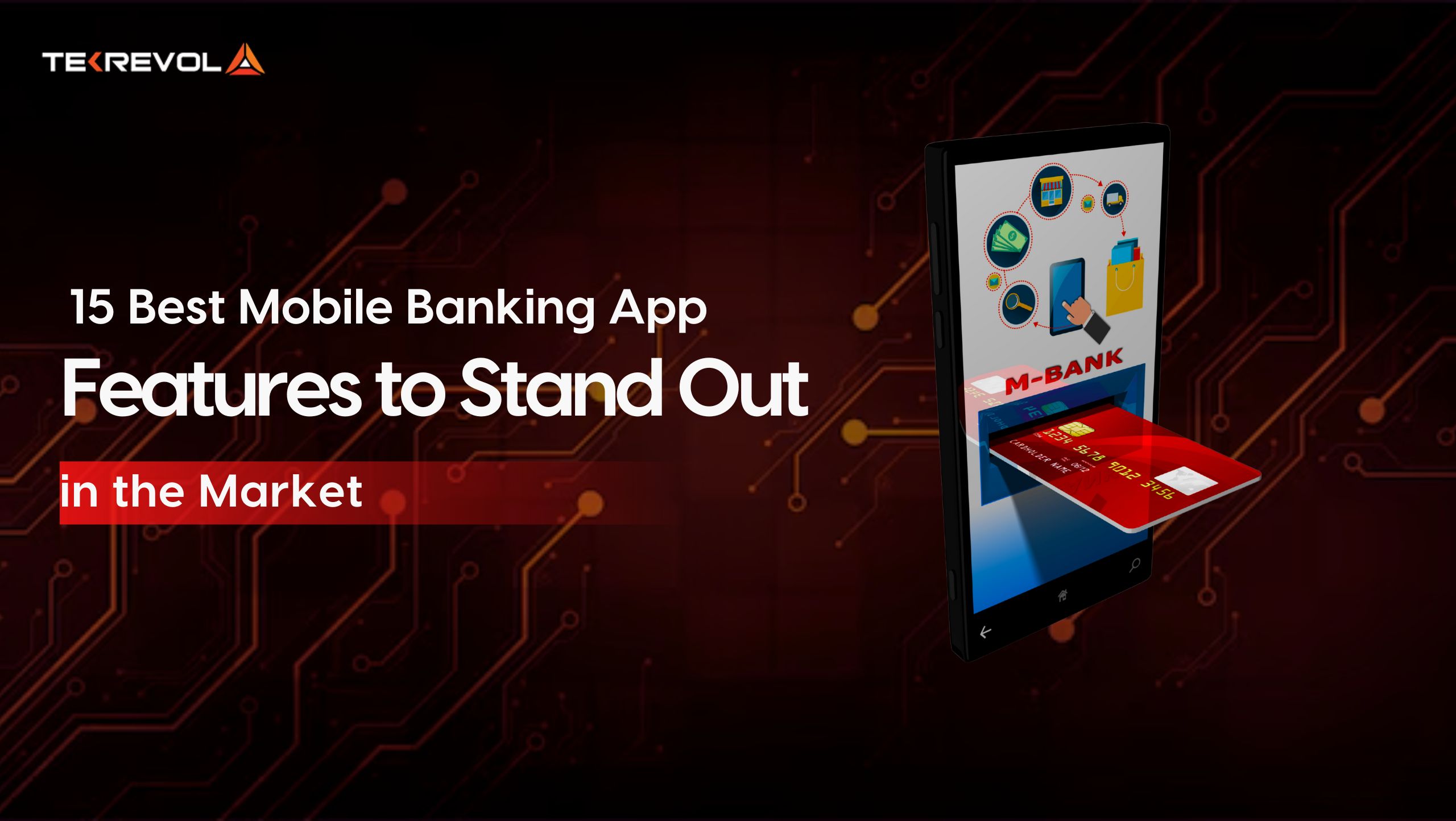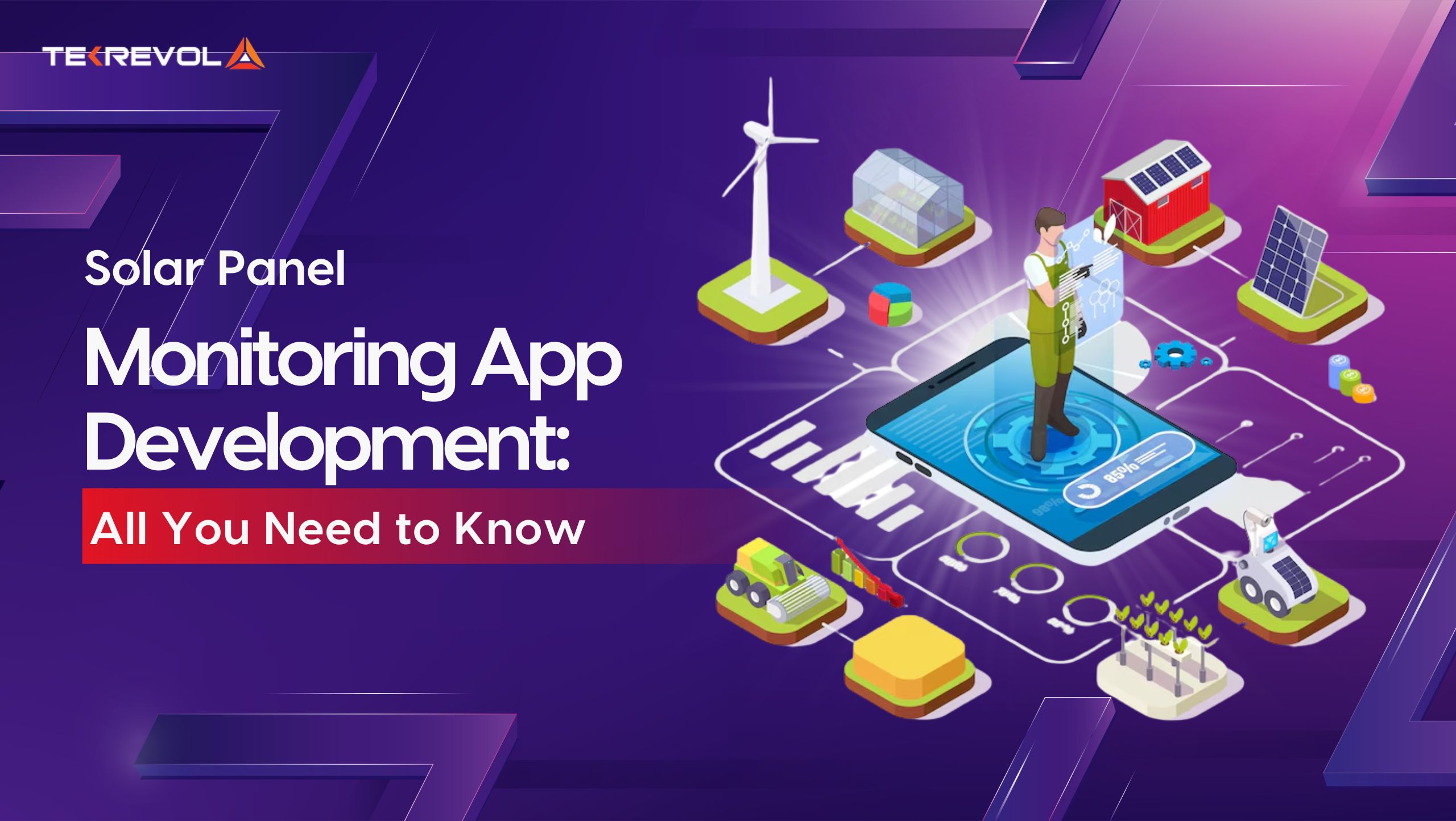Over 100 billion messages are sent on WhatsApp every single day. That’s more messages than the number of stars in the Milky Way – and probably just as many “you up?” texts left on read. If you’re here, you’re probably thinking: “How hard can it be to build a messaging app? It’s just sending texts, right?” Well, imagine building a spaceship and saying, “It’s just flying.” Huh.
But don’t worry about it – because if WhatsApp can begin as a humble status update app and become a “tech behemoth” valued at $19 billion, then who’s to say you can’t create the next big thing?
In this guide, we’re taking the lid off messaging app development. From creating real-time chat functionality to locking down user data like Fort Knox, we’re discussing it all. And who knows? By the time you are done with this guide, who knows, you might know how to execute your next billion-dollar chat app.
Let’s Understand The Messaging App Landscape
Before diving straight into the technicalities of “how to get started with messaging app development”, it’s important for you to understand the dynamics of the instant messaging app.
Market Analysis and Trends
In the last decade, the messaging app industry has seen dramatic growth. In 2021, there were more than 3 billion users of messaging apps worldwide. It is forecast that, by 2025, this will increase to around 3.5 billion.
All these rapid developments are considered due to numerous factors, including a growing demand for real-time communication, huge mobile device usage, and a need for communication platforms with different features beyond basic texting.
Case Studies of Successful Messaging Apps
In order to outline a winning strategy, it’s important for you to study the experiences of well-established players in the messaging app space.
-
WhatsApp
WhatsApp became a global trendsetter post-2009, with more than 3.2 billion users as of 2025. Its user-friendliness, reliability, and commitment to preserving the privacy of users through end-to-end encryption have gained a lot of admiration.
WhatsApp constantly updates its app, improves user experience, and comes enriched with features like voice and video calls, which makes this app a perfect fit for anybody stepping into the messaging app development realm.
-
Telegram
Telegram was launched in 2013 and comes with high speed and end-to-end security that have made people go crazy about it. By 2025, it had more than 950 million users, and the numbers are not going to come down anytime soon.
Open API and bot support have infused Telegram with a vibrant world of third-party extensions, which have made it all the rage amongst developers and technology-loving users.
It is a cloud-based service that provides users with access to their messages on multiple devices seamlessly.
-
Discord
Discord was originally intended for seasoned game fanatics. Now, it has branched out to groups of other interests and, as of 2025, has over 656 million active users every month.
Its offer of voice, video, and text chat, and special features like community servers and screen sharing have helped develop it into a highly used app in both casual and professional fronts.
- Stop Dreaming, Start Messaging!
- Build your own WhatsApp-style app—without the billion-dollar buyout
Key Features of a Messaging App Development

Creating a successful messaging app entails careful attention to features that include butaren’t limitedd to communication, security, and user engagement.
-
Core Messaging Functionalities
- One-on-One Chat: This serves as the basic messaging app development, enabling users to communicate in real-time via text messages with certain people only.
- Group Conversations: For aiding group communication among more than one user, the functionality for creating groups of friends, family, or work teams is provided.
- Multimedia Sharing: Enabling the process of communication with multimedia, offering photo, video, or document sharing features.
-
Communication Features
- Voice calling on the internet allows people to call one another in an entirely different way, without being primarily dependent on cellular networks.
- Video calling allows face-to-face talks, which are very convenient in both personal and professional aspects of human interaction.
- Voice messages help one to send voice-recorded messages, which, when properly perceived, are one of the most effective tools for delivering tone and emotion.
-
User Engagement Features
- Status messages enable users to send messages of their current ideas, activities, or moods, creating an impression of belonging to a community that is around them.
- Read receipts are notifications that let senders know when a message has been read, thereby offering reassurance and enabling immediate response.
- Typing notifications alert when the other user is typing, which decreases ambiguity and promotes open-flow discussion.
-
Keeping Track Of Your Security
- End-to-End Encryption: Is such that only the sender and the recipient can view the messages, secure from interception by any potential parties.
- Two-factor authentication: Adds security with an additional verification from another source while the user is logged in.
- Data Privacy Policies: Fully detail how the data of the users are harvested, stored, and used, instilling an aura of credibility and compliance.
Planning and Designing Your Messaging App
Thoughtful planning and easy-to-use design are essential to developing an instant messaging app that not only works seamlessly but also enchants users.
-
Defining Your Unique Value Proposition
- Target Audience Identification: Identify who this application is meant for—teenagers, a professional network, a particular community, etc.—and dedicate to their advertisement and use.
- Key Differentiating Features: Determine what differentiates your app, e.g., unique security features, a capability to integrate with other apps, or new communication modes.
-
Gathering User Feedback For Mockups
- Creating Wireframes and Mockups: Develop graphical depictions of your app’s structure and functionality to drive development and procure initial feedback.
- Performing Usability Testing: Get actual users to test the app in order to find pain points and areas for change prior to the release.
-
Get A Smooth UI/UX
- Easy navigation: Make sure that you create an intuitive layout, allowing the users to navigate through the app easily and use the features without losing their way.
- Responsive design: Ensure that the app is perfect on all devices and screen sizes with the same experience.
- Accessibility considerations: Include features making the application usable by people with disabilities based on the principles of inclusive design.
How To Choose Your Technical Stack?
Selecting the appropriate technologies and adherence to a systematic development process are imperative for developing a strong and instant messaging app.
Here’s what you need to know while deciding your technical stack:
- Programming Languages: JavaScript (with React Native frameworks), Swift for iOS, and Kotlin for Android are the most sought-after choices.
- Frameworks and Libraries: Use frameworks such as Flutter for cross-platform and Node.js for backend optimization.
- Database Management: Employ MongoDB for flexibility or PostgreSQL for structured data to facilitate smooth message storage and retrieval.
- Cloud Services: Utilize AWS, Google Cloud, or Firebase for scalable infrastructure to support millions of users.
- Security Protocols: Employ end-to-end encryption (E2EE) using Signal Protocol to ensure private conversations remain private.
How To Pass Through The Development Phases?

A systematic approach keeps your messaging app development on course, reduces errors, and achieves deadlines efficiently.
Phase 1: Planning & Research
- Perform competitive analysis and determine the unique selling proposition (USP).
- Determine app features, security features, and monetization strategies.
- Choose a development team with experience in messaging app development.
Phase 2: Prototyping & UI/UX Design
- Develop wireframes and mockups to visualize the flow of the app.
- Take user feedback and iterate designs.
- Use color schemes, buttons, and animations to increase user engagement.
Phase 3: Backend & Frontend Development
- Back-end Development:
- Implement servers, databases, and APIs to handle data.
- Use message encryption and authentication protocols.
- Ensure real-time messaging using WebSockets or MQTT.
- Frontend Development:
- Develop responsive UI using React Native, Swift, or Kotlin.
- Integrate real-time chat features and multimedia sharing.
- Optimize the app for performance and user experience.
Phase 4: Testing & Quality Assurance
- Conduct functional, performance, and security testing.
- Conduct beta testing with actual users to learn.
- Address bugs and enhance features according to feedback.
Phase 5: Deployment & Maintenance
- Launch the app on the Google Play Store and Apple App Store.
- Install user analytics tools to monitor performance.
- Release regular updates, security patches, and new features.
- Your Chat App Won’t Build Itself… But We Can!
- Get a Secure, scalable app that comes packed with killer features.
Monetization Strategies: How to Make Money from Your Messaging App?
Creating an app like WhatsApp is not merely about communication – it’s about sustainable revenue generation. Here are some tried-and-tested ways to monetize:
-
Subscription Model
- Charge users a monthly or yearly fee for premium features.
- Provide ad-free experiences, increased storage, or customization options.
- Example: Telegram’s premium plan provides more storage, special emojis, and quicker downloads.
-
In-App Advertising
- Show nonintrusive advertisements in status updates or chats.
- Implement targeted ads to enhance user experience.
- Example: Facebook Messenger utilizes sponsored messages for promotional purposes.
-
In-App Purchases
- Offer stickers, themes, emojis, or premium chat options for sale.
- It offers enhanced file-sharing capabilities for professionals.
- Example: LINE generates millions through sticker sales alone.
-
Transaction Fees on Payments
- Integrate peer-to-peer (P2P) payment options.
- Charge a small transaction fee on every money transfer.
- Example: WeChat Pay earns billions through in-app transactions.
Why Choose TekRevol to Develop an App like WhatsApp?
Developing an app like WhatsApp is not just a question of programming and just releasing it out there—crafting a seamless, secure, and scalable chat experience that individuals actually desire. That is where TekRevol comes in.
We don’t merely develop apps; we develop digital platforms that enable organizations to succeed in the competitive message app market. Whether you’re a startup with a concept that’s going to change games or an organization that wishes to redefine the way it communicates internally, we have the experience, technology, and visionary capabilities to design your app and bring it to life.
Why Join TekRevol?
- Custom App Development: We don’t believe in one-size-fits-all. Each app is handcrafted to align with your vision, user requirements, and business objectives.
- Strong Security & Scalability: From end-to-end encryption to cloud-enabled architecture, we protect your app as much as we scale it—capable of supporting millions of users.
- Cross-Platform Expertise: Whether it’s Android, iOS, or the web, we create silky-smooth, high-performance apps that run perfectly on any device.
- AI & Chatbot Integration: Need smart automation and chatbots that trigger user interaction? We use AI-based integrations that interact with users.
- Want To Get A Messaging App Like WhatsApp?
- Let TekRevol Experts Help You!

 203 Views
203 Views March 18, 2025
March 18, 2025